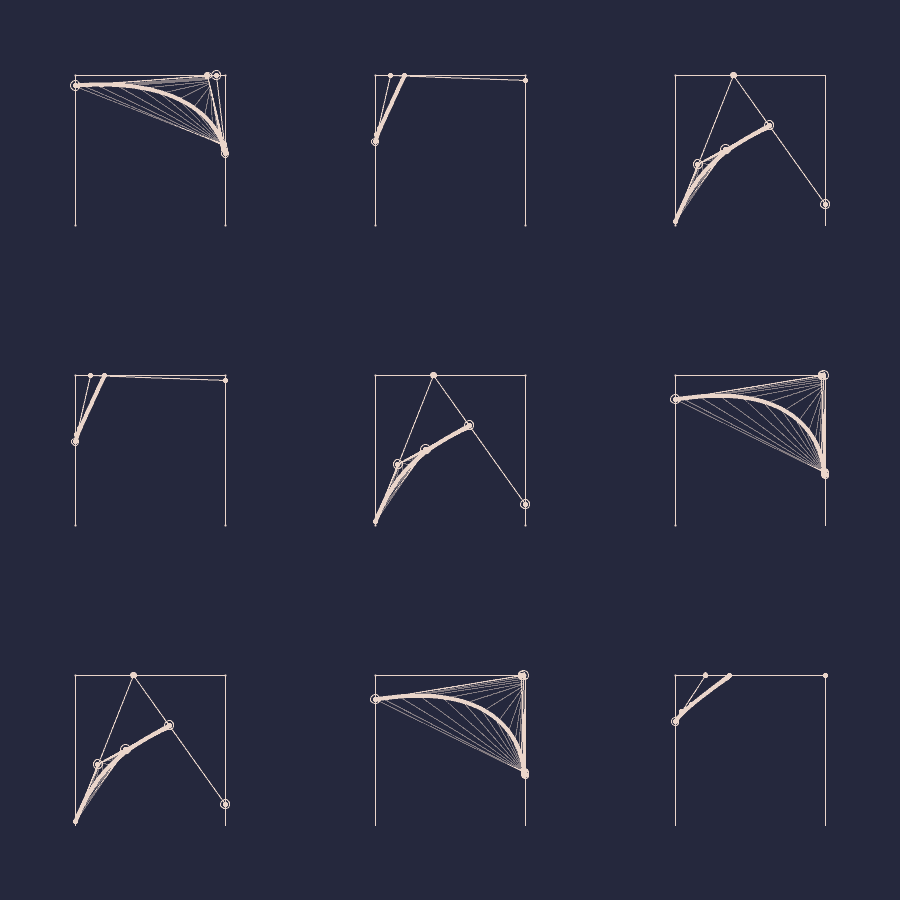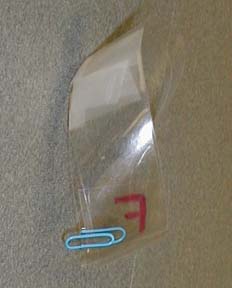
- #TRIPLY TWISTIT MOBIUS SPACE HOW TO#
- #TRIPLY TWISTIT MOBIUS SPACE FULL#
- #TRIPLY TWISTIT MOBIUS SPACE CODE#
Black Rock by JP YepezĬreative coder Matt DesLauriers makes stunning algorithmic art that plays with a balance of light and geometry. His work often boasts a glitch aesthetic and explores “expressivity, multimodality, and complex systems.”įollow him on Instagram at Red Shift by JP Yepez. Her visualizations simulate thriving ecosystems that bombard and captivate the viewers’ senses.įollow her on Instagram at Dispersion by Chelley Sherman Semniotic by Chelley Shermanīased in New Zealand, new media artist and researcher JP Yepez incorporates different practices such as creative coding and sound design into his generative sketches. San Francisco-based digital artist Chelley Sherman creates dark, other-worldly coding projects that seem to evoke a mysterious energy.
#TRIPLY TWISTIT MOBIUS SPACE CODE#
Here are some examples of standout generative art from members of the creative code and new media community. By making in code, artists and programmers are afforded greater control in the construction of expressive works and invention of unique applications for software.ĭigital artists can design code by merging various interactive technologies. Also referred to as generative or algorithmic art, sketches display the visual complexity of intricate geometric patterns, particle systems, and other powerful programming structures.
#TRIPLY TWISTIT MOBIUS SPACE HOW TO#
Read more about how to correctly acknowledge RSC content.A versatile and amorphous art, creative code can be articulated in whatever way an artist imagines. Permission is not required) please go to the Copyright If you want to reproduce the wholeĪrticle in a third-party commercial publication (excluding your thesis/dissertation for which

If you are the author of this article, you do not need to request permission to reproduce figuresĪnd diagrams provided correct acknowledgement is given. Provided correct acknowledgement is given. If you are an author contributing to an RSC publication, you do not need to request permission Please go to the Copyright Clearance Center request page. To request permission to reproduce material from this article in a commercial publication,

Provided that the correct acknowledgement is given and it is not used for commercial purposes.

This article in other publications, without requesting further permission from the RSC, Durola,Ĭreative Commons Attribution-NonCommercial 3.0 Unported Licence. Subsequent photocyclization yields a separable mixture of rigid diastereomeric tris-helicene macrocycles of the above topologies.Ĭyclic tris-helicenes with single and triple twisted Möbius topologies and Möbius aromaticity The key step of the synthesis of both Möbius compounds is a Perkin condensation of complementary bifunctional bismaleates leading to a flexible macrocycle containing alternating benzene and biphenyl fragments. The diatropic current is counterbalanced by a paratropic current in the σ system, resulting in no net manifestation of macrocyclic aromaticity. The triple twisted molecule exhibits a strong diatropic ring current in the outer periphery, even though the π system includes 4 n electrons. They are unique in their pronounced band shape and conformational robustness as they are made up of three fully kata-condensed helicene fragments. We now present a single and a triple twisted annulene with fully conjugated peripheries. However, orbital overlap was still severely reduced within the flexible building blocks.

Recently, a topological strategy was devised to project the “twist” into “writhe”, thus reducing the strain.
#TRIPLY TWISTIT MOBIUS SPACE FULL#
540°) that retain a full cyclic conjugation path have been elusive, mainly because of the high strain and loss of orbital overlap. Annulenes with significantly higher twist ( e.g. A number of singly (180°) twisted, largely single-stranded and thus conformationally rather fragile, Möbius molecules have been synthesized within the last 15 years, which are aromatic with 4 n electrons, thus violating the Hückel rule.


 0 kommentar(er)
0 kommentar(er)
